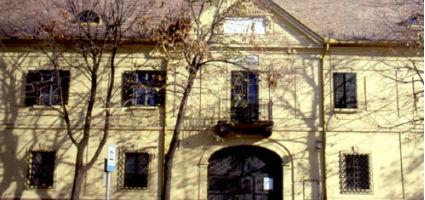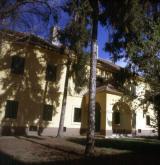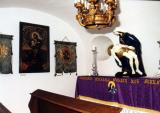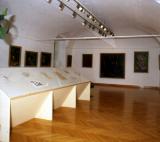2024. April 25. Thursday
Kiskun Museum - Kiskunfélegyháza
 |
Address: 6100, Kiskunfélegyháza Dr. Holló Lajos út 9.
Phone number: (76) 461-468
E-mail: info@kiskunmuzeum.hu
Opening hours: 01.04-30.11: Tue-Fri 8:00-16:00, Sat 9-17
01.12-31.31.:Mon-Fri only on prior notice |
The Kiskun Museum was founded in 1902 by Gyula Szalay, the versatile teacher of the local secondary school. In 1912 the growing collection of antiques were placed in the late-baroque Greek house, and it only moved to its present place in 1939.
The baroque building was built in 1753. The main building used to give place for administrations of public affairs, whereas the one in the back served as a dungeon for the prisoners of Kiskun area.
The baroque building was built in 1753. The main building used to give place for administrations of public affairs, whereas the one in the back served as a dungeon for the prisoners of Kiskun area.


